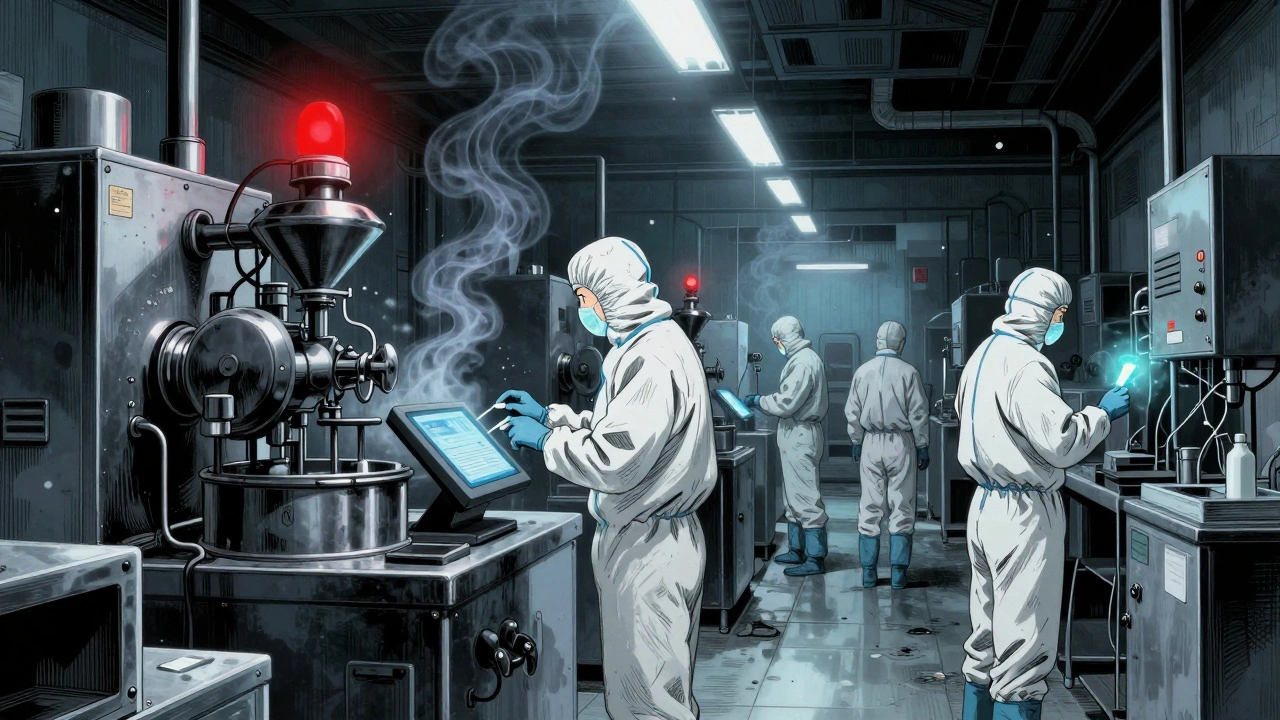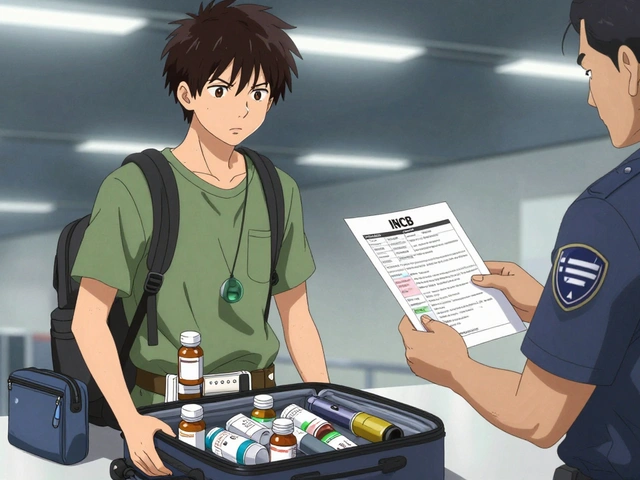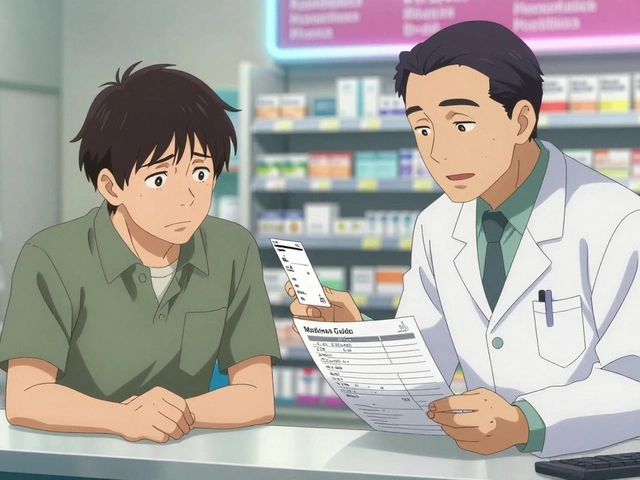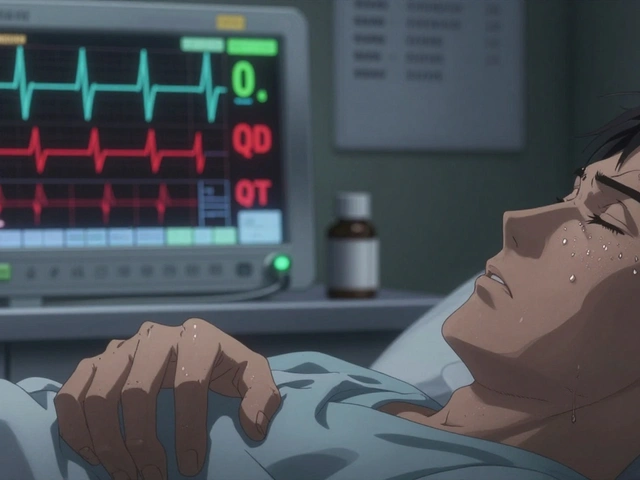Pharmaceutical Manufacturing: How Drugs Are Made, Tested, and Kept Safe
When you take a pill, you trust it’s clean, potent, and made right. That trust doesn’t come from luck—it comes from pharmaceutical manufacturing, the controlled process of producing medicines under strict quality standards to ensure safety and effectiveness. Also known as drug production, it’s not just mixing chemicals—it’s a high-stakes science that involves clean rooms, real-time testing, and federal oversight. Every tablet, injection, or capsule you use goes through dozens of checkpoints before it ever leaves the facility. And if one step fails, the whole batch gets tossed. This isn’t guesswork. It’s regulated, documented, and audited—because people’s lives depend on it.
Behind every safe medication is a system built to stop contamination before it starts. That’s where environmental monitoring, the practice of testing air, surfaces, and water in manufacturing zones to catch microbes or particles comes in. Facilities are divided into zones, each with its own cleanliness rules. A single speck of mold or a rogue bacterium can ruin a batch—or worse, make someone sick. That’s why labs run constant tests, using methods that catch even the tiniest threats. And when something goes wrong? CGMP compliance, Current Good Manufacturing Practices, the set of rules enforced by the FDA to ensure products are consistently produced and controlled according to quality standards kicks in. These aren’t suggestions. They’re legal requirements. If a plant fails an FDA inspection, a surprise audit where inspectors check everything from equipment logs to worker training records, they can shut it down. That’s how serious this is.
It’s not just about big brands. generic drug manufacturing, the process of producing lower-cost versions of brand-name drugs that must meet the same safety and effectiveness standards follows the same rules. But here’s the catch: more people use generics than ever before. That means more pressure on factories, more supply chain risks, and more chances for shortcuts. That’s why reports on counterfeit drugs laced with fentanyl or lead aren’t just headlines—they’re warnings. The same systems that keep your prescriptions safe also help spot the fake ones. And if you’ve ever wondered why some pills are harder to split or why certain meds come in special packaging? It’s all part of the manufacturing design—made to protect you from accidental overdose or degradation.
What you’ll find below isn’t just a list of articles. It’s a window into the real world of how medicines get made, checked, and sometimes, how they go wrong. From how inspectors walk through factories to why herbal supplements can mess with your prescription drugs, these posts cut through the noise. You’ll learn what happens behind the label, what to watch for, and how to spot when something doesn’t add up. This isn’t theory. It’s what’s happening right now—in labs, in warehouses, and on pharmacy shelves.

Contamination Controls: Preventing Adulteration in Generic Drug Manufacturing
Contamination controls in generic drug manufacturing prevent harmful residues and microbes from entering medicines. Learn how cleanrooms, real-time monitoring, and human factors impact drug safety-and what’s changing by 2025.
read more
FDA Warning Letters: What Manufacturers Must Know About CGMP Violations and Corrective Actions
FDA warning letters are formal notices issued to drug manufacturers for serious CGMP violations. Learn what triggers them, how to respond, the real costs involved, and how to avoid repeat failures.
read more




